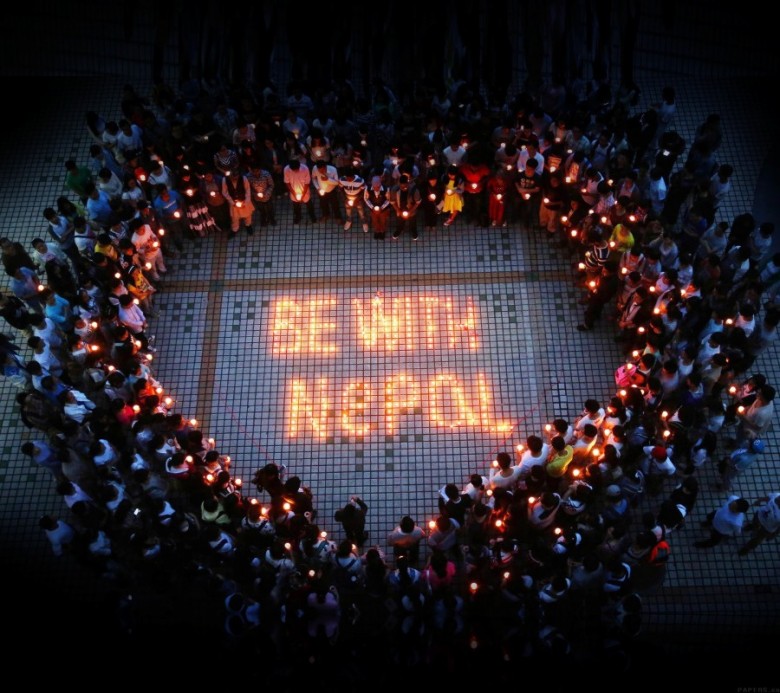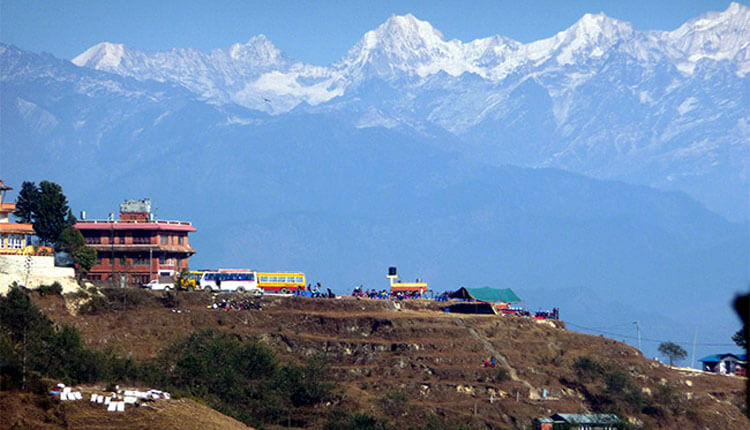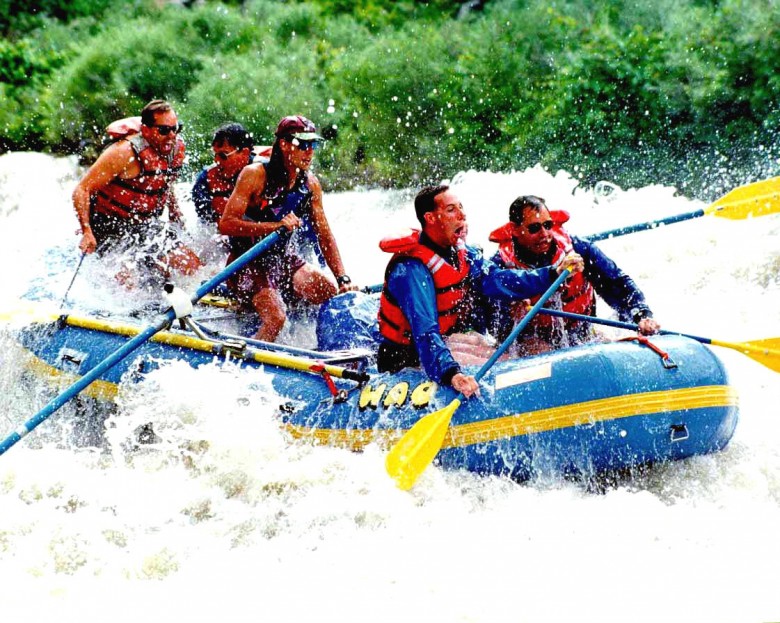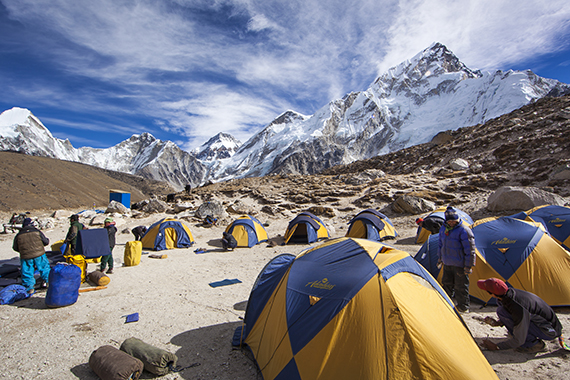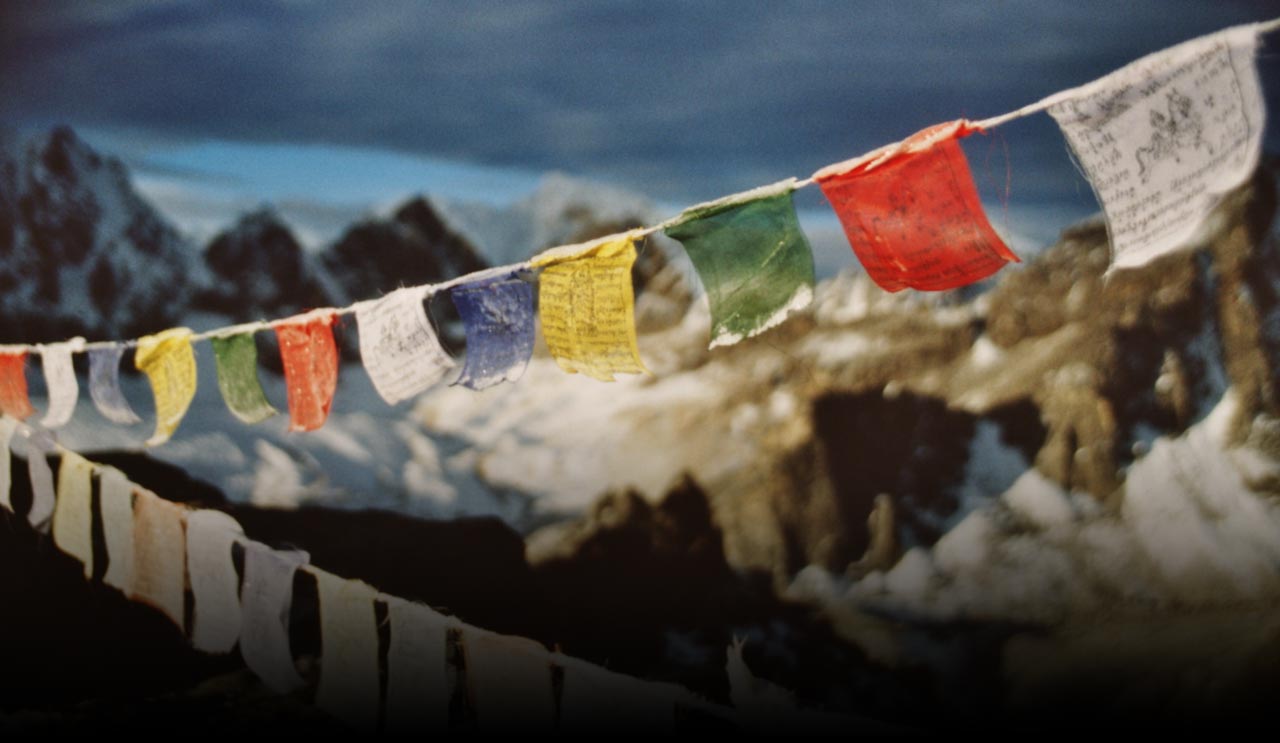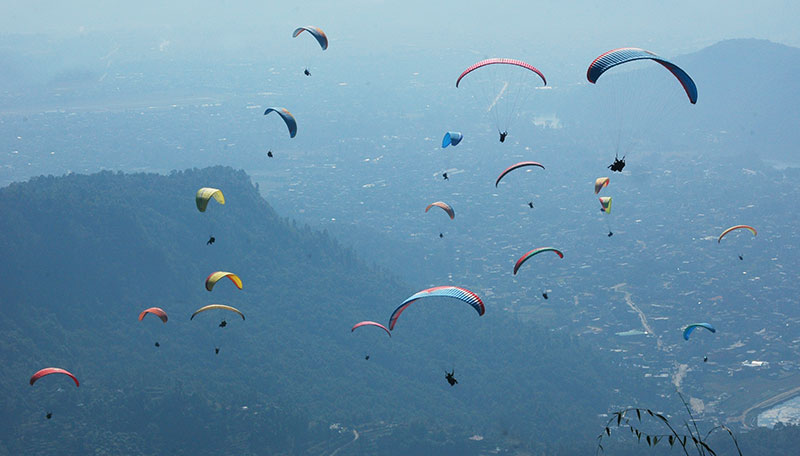Which trekking regions are affected by Nepal’s Earthquake
On 25th April 2015, a massive earthquake of Magnitude 7.9 hit many parts of Nepal. Several strong aftershocks continued for months.
The earthquake affected the whole nation with more than 8000 death toll. Thousands were injured followed by the destruction of many buildings around the country.
The earthquake and the aftershocks destroyed houses, building, historical monuments, including centuries old palaces and temples listed in the UNESCO world heritage sites.
The earthquake triggered an avalanche on the Mount Everest and the famous trekking region of Manaslu and Langtang. The Langtang Village suffered the catastrophe during the earthquake. The entirety of the village got buried by an avalanche that came from thousands of feet above.
On 12th May, a major aftershock of 7.3 magnitude struck eastern Nepal near the Mount Everest. Everest Base Camp got hit by an avalanche in which many people lost their lives. Plus, many guest houses in the area dismantled due to the Earthquake.
Table of Content
Worst Affected Regions
The Central region of the country faced extreme effects of the earthquake. The earthquake had the devastating effects on the various trekking regions.
The worst affected trekking regions in Nepal are Langtang, Gorkha, Rolwaling, Ganesh Himal (Ruby Valley), Manaslu and Tsum Valley.
These regions had the challenge to rebuild the destroyed infrastructures by 2016. Else, there was a high probability the trek route would close forever.
Yet, with the local’s positive attitude and continuous effort, these trekking routes have returned to their natural form. Different tea houses are set up in the route for the ease of the travelers.
Novel routes, after clearing off the mud and boulders from the existing routes, take you to the amazing places.
Planning trip to Nepal and need help?
Affected Region
Although Everest Region saw the April‘s earthquake. The roads, tea houses, and bridges fell down. But the damages were not as massive as in other places like Langtang and Manaslu.
Also, since Everest is synonymous to Nepal many come to Nepal to explore this region. So, to bring many trekkers, the reconstruction works to speed up.
Locals cleared off the roads blocked by avalanche along trek routes by September 2015. Thus, trekking in this region became possible by autumn 2015.
But, the itinerary or route changed due to the risks of landslide and road blockage.
Least affected Regions
Not all the trekking regions of Nepal suffered the devastating Earthquake. Some of the trekking regions even escaped the earthquake without a scratch.
The good news is that the trekking region like Kanchenjunga, Makalu, Annapurna, Dhaulagiri, Lower and Upper Mustang, Dolpo, Humla, and Jumla escaped the widespread damage. And they were ready to welcome travelers by the trekking season in Autumn 2015.
The famous Annapurna region has escaped the earthquake. So, many travelers planned their trip to the beautiful Pokhara city. And, trekked in the Annapurna trails under the shadow of breathtaking mountain ranges.
The greatest accomplishment is not in never falling, but in rising again after you fall.- Vince Lombardi
Despite the damages to the cultural monuments in the country, Nepalese welcomed a lot of visitors.
Roads and air transport links were intact across the country. The majority of hotels and restaurants started offering services month after the earthquake.
Locals and the authorities were busy in relief distribution and rebuilding operation. The magnificent mountains and the stunning landscapes awaited their admirers. And, the locals of the region actively rebuilt their places to welcome the visitors.
Tourist destinations like Pokhara, Chitwan, Bardia, Bandipur, and Lumbini had the least effect of the earthquake. These tourist spots welcomed visitors and adventure lovers all year round.
Final Say,
Nepal’s Economy relies on the Tourism industry. And, Nepal needed the income that tourism brings as it attempts to recover from this disaster. Hundreds of tourists visited Nepal and spent their time and money to help rebuild Nepal.
This not only helped in the economy, brought much income, but also supported the Nepalese. Their arrival offered frightened Nepalese a confidence during their post-earthquake rebuilding phase.
Planning trip to Nepal and need help?
